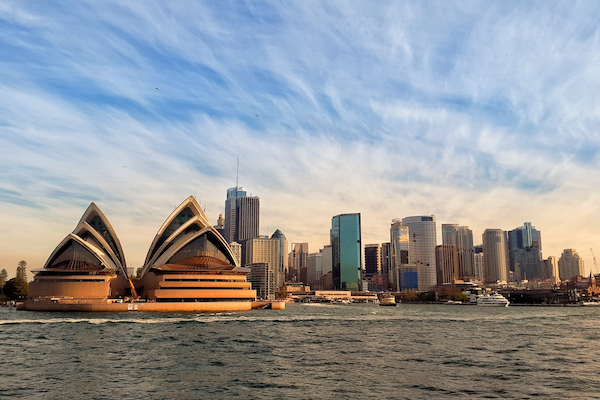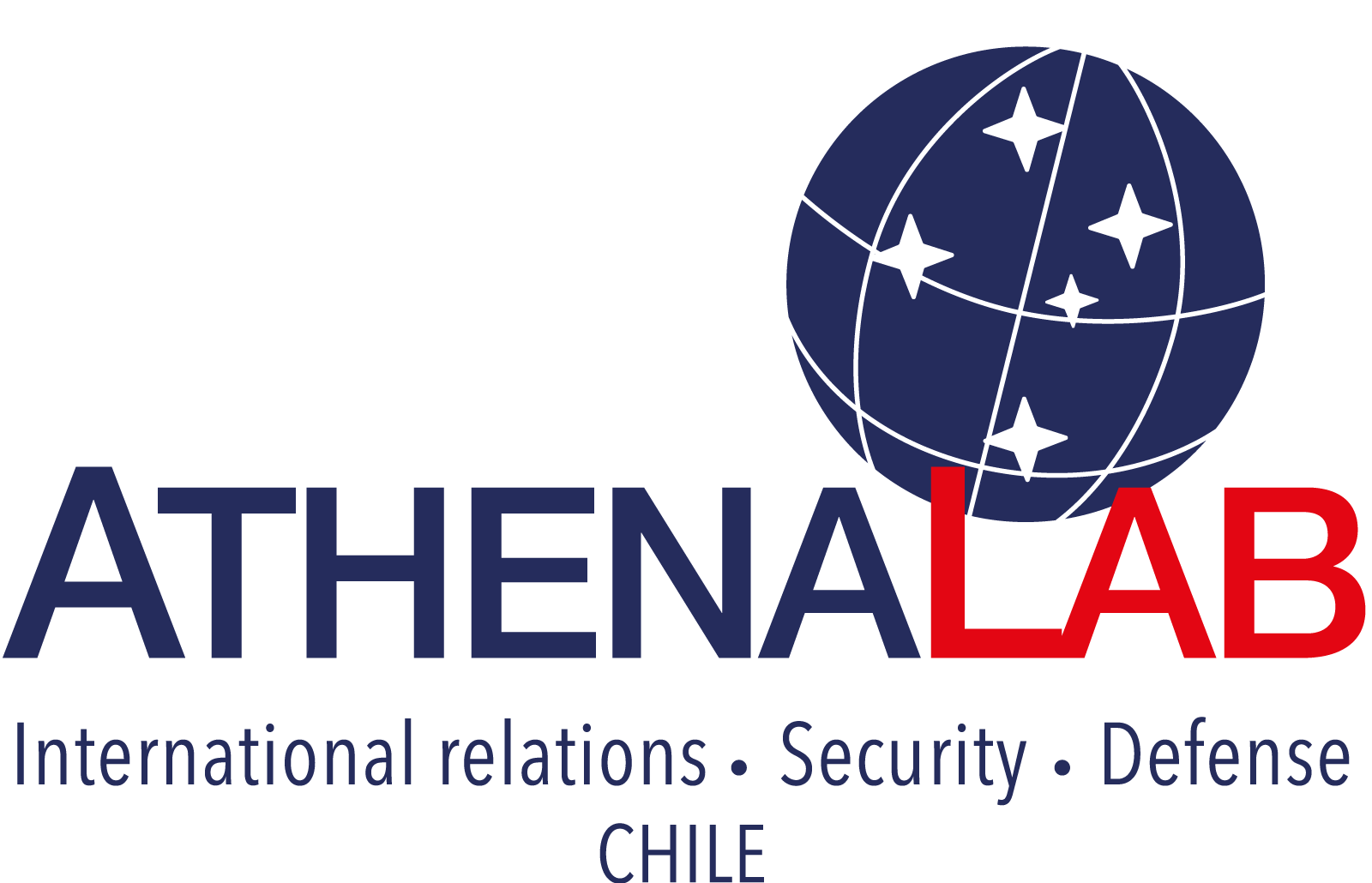
In different international environments, it is increasingly common to hear or use the term “Indo-Pacific” instead of “Asia-Pacific”, a designation of economic origin that was coined in the 1990s.
As a concept, it has already been adopted in official documents and administrative entities in countries such as the United States and Australia, which leads us to think that it is yet another formula to contain the global rise of China, including India in the equation – Beijing dislikes the term for a reason.
However, Rory Medcalf, director of the National Security College at the Australian National University, suggests in a recent book that the Indo-Pacific is both a place and an idea. It is a maritime region that is key to global prosperity, where dynamics of competition and cooperation intersect, but which is configured for multipolarity and not for hegemony due to its size.
Although geographically the Indian and Pacific Oceans have always been strongly interconnected for sailors (suffice it to recall the route that Magellan and Elcano followed 500 years ago), it was a conversation between the Prime Ministers of Japan, Shinzo Abe, and of India, Narenda Modi, aboard a Shinkansen in November 2016, when this new reality began to take shape.
As a maritime country commercially linked to Asia, it is pertinent for Chile to contemplate the form its insertion in the Indo-Pacific will take, especially in the midst of the growing tension between the United States and China.
Despite having been informed by technical and economic criteria, the Chilean Government’s decision for the route of the submarine fiber optic cable that will connect South America with Asia to pass through Australia and New Zealand could be a first step towards a new approach to the region. Especially if it ends up in Japan, as suggested by the Nikkei Asian Review.
Regarding that Japanese report, King’s College London academic Alessio Patalano wrote on Twitter that with this decision, Chile had de facto led Latin America to the Indo-Pacific, demonstrating that economic advantages must be above political pressures.
Another measure in the same direction would be to adopt the Trans-Pacific Partnership (TPP-11), which was rescued and promoted by the second Bachelet administration when the United States abandoned it. It is worth reminding Congress that crucial agreements have been reached with some of the signatory countries to guarantee the free flow of medical supplies during the pandemic and to strengthen digital cooperation. The TPP-11 can boost reactivation.
However, it must be noted: the Indo-Pacific is not just about opportunities. Defense policies published in July by Japan and Australia coincide in highlighting the loss of stability in the region due to the general deterioration of the rules-based international order, the sustained increase in the countries’ military capacity and, above all, China’s sustained actions to gain more strategic influence.
Chile also has to weigh its security decisions very well. The acquisition of Australian frigates by the Navy, for example, opened a new Defense relationship with a country with shared values, interests and presence in regions such as the South Pacific and Antarctica.
As the Indo-Pacific puzzle is still being assembled, it is clear that there will be many possible combinations of countries, which can serve one or more specific objectives.
However, for Chile’s foreign policy it is already a priority to find a course to navigate in the Indo-Pacific, especially in the face of the rivalry between the US and China. At the end of the day, maps are about power. They serve us to frame regions of the world, establish priorities, identify allies and rivals, and to decide whom to include or not include in the discussion about a common future.
Temas relevantes


Don't miss any updates
Subscribe to our free newsletter to keep informed about our latest updates and activities.
Subscribe




